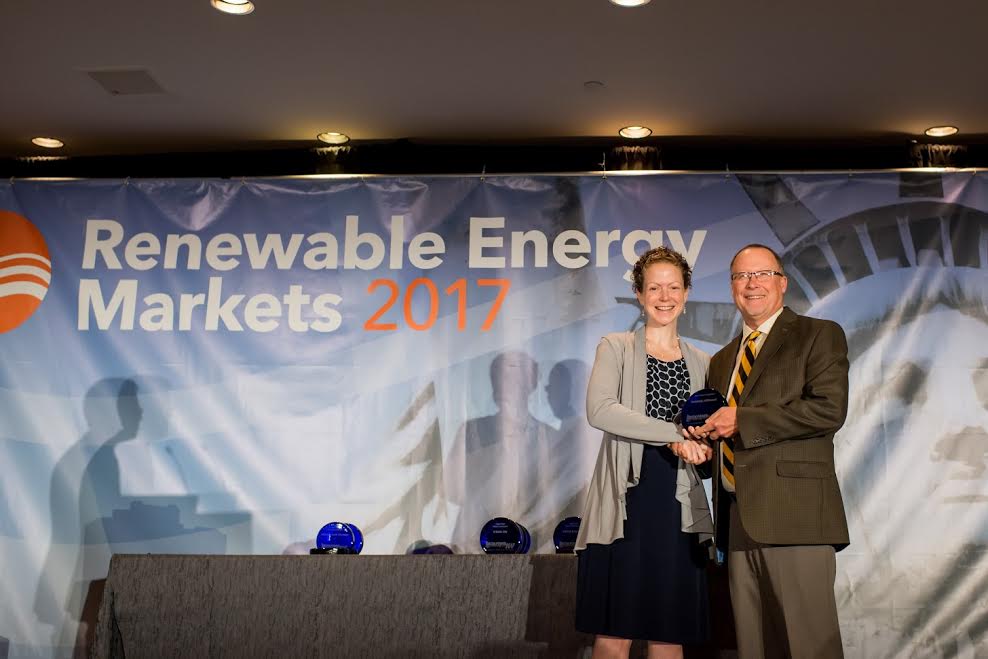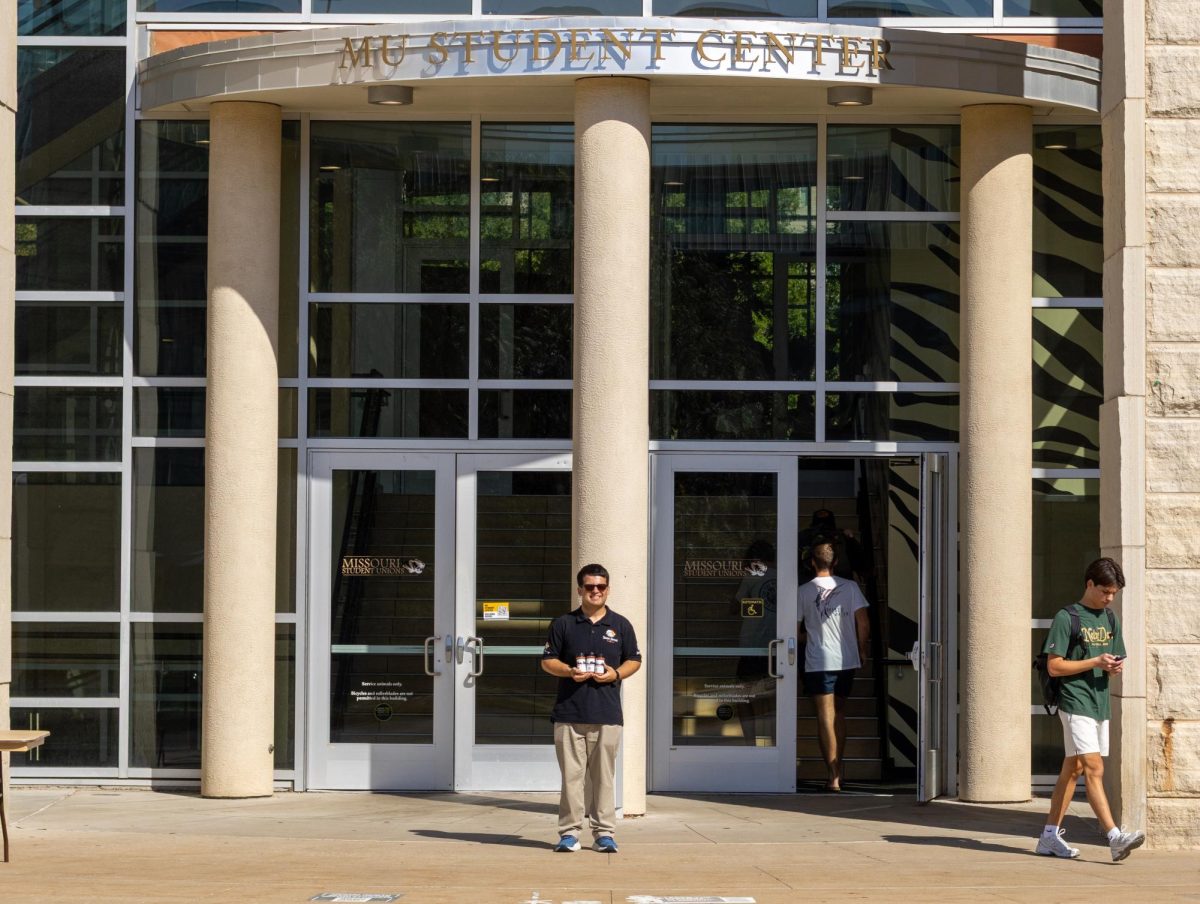MU will join the U.S. Environmental Protection Agency’s Green Power Partnership program as No. 95 on the National Top 100 list of Green Power partners.
The program encourages Fortune 500 companies, government entities and academic institutions to use more green energy and reduce environmental impacts associated with energy use.
As of Jan. 8, MU uses more than 53 million kilowatts per hour in green power annually, which accounts for 21 percent of the university’s total energy use, [according to the EPA](http://www.epa.gov/greenpower/toplists/top100.htm).
Green power is electricity generated from renewable, environmentally friendly resources. MU currently uses green power from wind, solar and biomass projects.
“Our biggest project is the biomass boiler, which burns wood chips in a boiler and replace 25 percent of our fossil fuel (use),” Campus Facilities spokeswoman Karlan Seville said. “We also buy wind energy, our own wind turbine and a solar photovoltaic project at the power plant.”
Seville expressed MU’s interest in expanding the wind and solar energy projects.
“We are looking at other opportunities to increase our wind energy purchases,” she said. “We also have a solar thermal project (planned) that will preheat the water used at the power plant using solar panels on the roof of the power plant. We are starting to put the framework together and the panels will be put in when the weather warms up.”
In addition to producing green energy, MU also has initiatives to help use less energy.
“Campus Facilities has a big energy conservation program where we have sensors that turn your electricity, heating and air up or down, depending on what time of the year it is, and shut the lights off when no one’s in the room,” Seville said.
However, the big projects are not the attempts MU is making to use energy in a more environmentally friendly way.
“Besides the big stuff, like the power plant, we have little things that make the difference, like low-flow water foundations and the type of light fixtures we are using,” Sustainability Office spokeswoman Alicia LaVaute said.
Seville added that raising awareness about efficient energy use has also helped MU’s green energy initiatives.
“To educate people, we have tabling events at the Student Center and events like Sustainapalooza to teach people to turn the lights off and not leave computers running 24 hours everyday,” she said. “We try to get the word out, and I think people are more aware now than they were before.”
Seville said that she believes MU was placed on the top 100 list of Green Power partners because of the university’s growing green initiatives.
“We are making great strides, and we are look up to by other universities, and we get a lot of calls from the universities asking how we produce energy and how we are going green,” she said.
MU is also No. 1 in on-site generation among colleges and universities and No. 7 in the nation behind Wal-Mart, U.S. Department of Energy, Apple, BMW, Coca Cola and Kohl’s, according to a Campus Facilities press release.
“I am excited that MU has joined the EPA Green Power Partnership,” Paul Hoemann, MU Energy Management director, said in a press release. “It demonstrates the tremendous progress MU is making with sustainability and renewable energy. We are proud to be joining an elite group of green power university, industry and business partners.”














